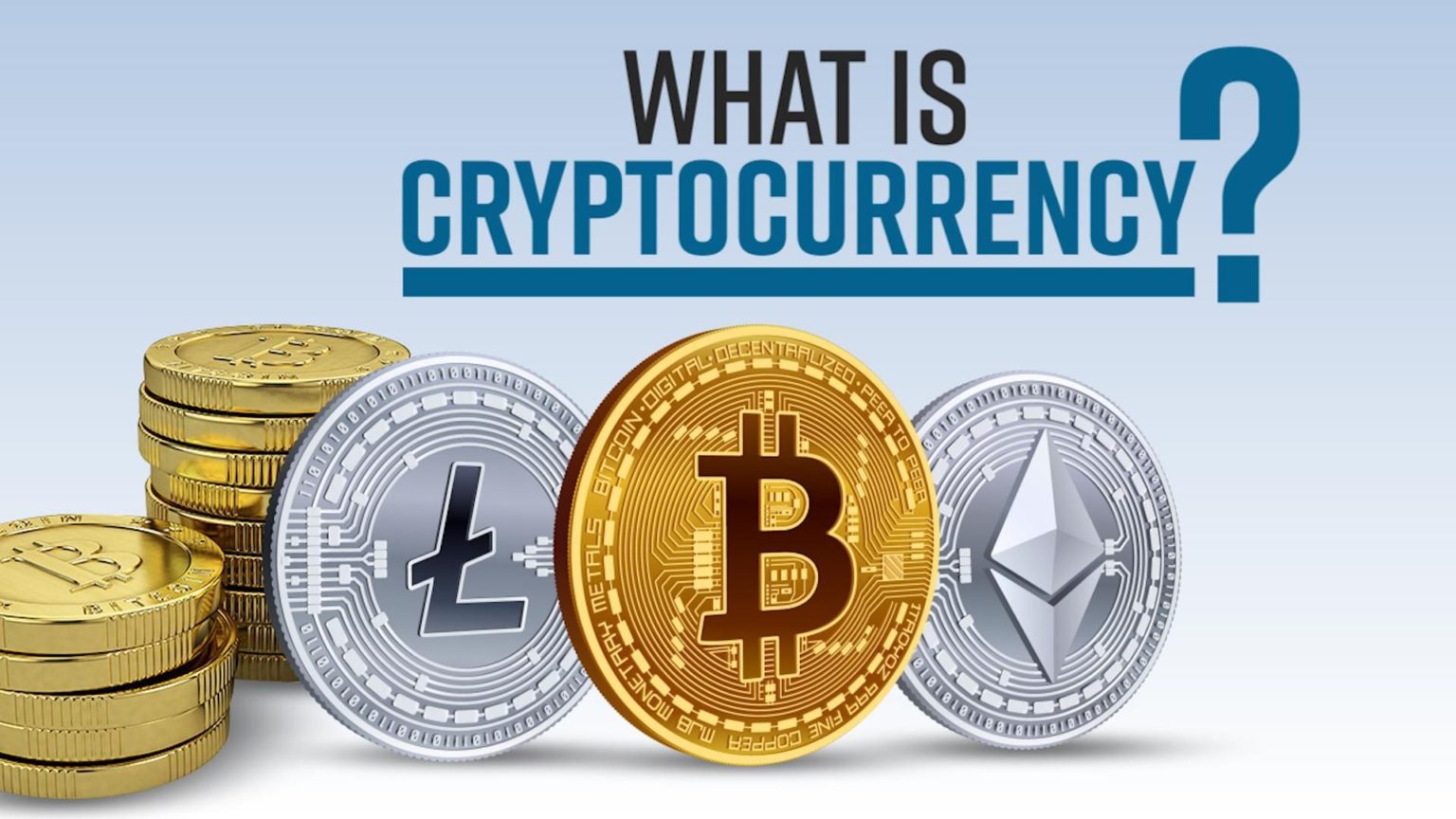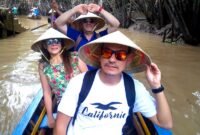Senior travel companies cater to the unique needs and desires of older travelers, offering a range of services designed for comfort, convenience, and enriching experiences. These companies recognize that the travel landscape for seniors differs significantly from that of younger demographics, necessitating specialized planning and attention to detail. Understanding the various types of companies, their offerings, and the market forces shaping this sector is crucial for both prospective travelers and industry professionals alike.
This guide delves into the multifaceted world of senior travel, exploring the diverse types of companies available, the services they provide, effective marketing strategies, pricing models, and the importance of customer feedback. We will also examine future trends and technological advancements impacting this dynamic sector, ultimately providing a comprehensive overview for anyone interested in the exciting world of senior travel.
Types of Senior Travel Companies
The senior travel market is diverse, catering to a wide range of preferences and budgets. Understanding the different types of companies and their specializations is crucial for seniors seeking the perfect travel experience. This section outlines several key categories and their unique offerings.
Categorization of Senior Travel Companies by Specialization
Senior travel companies can be broadly categorized based on their specialization. This allows travelers to choose an agency that aligns with their desired travel style and preferences. These specializations often dictate the level of service, the types of destinations offered, and the overall travel experience.
Examples of Senior Travel Company Types and Their Services
Three distinct types of senior travel companies are: escorted tour operators, river cruise lines specializing in senior travel, and independent travel planners catering to seniors.
Escorted Tour Operators: These companies organize group tours with a dedicated tour director or guide. They handle all the logistics, including flights, accommodation, transportation, and excursions. Services often include pre-planned itineraries, group meals, and opportunities for social interaction. For example, a company like Trafalgar offers escorted tours to various destinations worldwide, focusing on cultural immersion and ease of travel for older adults. Their services are comprehensive, leaving little for the traveler to organize independently.
River Cruise Lines: Several river cruise lines specifically target the senior market, offering itineraries tailored to older travelers’ needs and preferences. These cruises typically feature slower paces, fewer strenuous activities, and comfortable accommodations. Amenities might include accessible cabins, onboard medical facilities, and enriching lectures or onboard entertainment. Viking River Cruises, for instance, is known for its upscale river cruises designed with older travelers in mind, emphasizing comfort, luxury, and enriching experiences.
Independent Travel Planners: These companies specialize in crafting personalized itineraries for senior travelers who prefer a more independent travel style. They work closely with clients to understand their preferences, budget, and physical limitations, creating bespoke trips that cater to individual needs. This could involve booking flights, accommodation, car rentals, and activities based on the client’s specific interests and abilities. A hypothetical example would be a small agency specializing in crafting independent walking tours of European cities, carefully selecting hotels with easy access and arranging for appropriate pacing and rest stops.
Target Audiences for Different Senior Travel Companies
The target audience for each type of senior travel company varies significantly depending on their offerings and the type of travel experience they provide.
Escorted tour operators typically attract seniors who prefer a hassle-free travel experience with a structured itinerary and the opportunity to socialize with others. River cruise lines appeal to seniors who enjoy a relaxing and comfortable travel experience with a focus on sightseeing and onboard amenities. Independent travel planners cater to seniors who are more independent and adventurous, desiring a customized travel experience tailored to their specific interests and preferences.
| Company Type | Specialization | Target Demographics |
|---|---|---|
| Escorted Tour Operators | Group tours with a dedicated guide, pre-planned itineraries | Active seniors seeking hassle-free travel and social interaction; may prefer a moderate activity level. |
| River Cruise Lines (Senior Focused) | Relaxing river cruises with comfortable accommodations and onboard amenities | Seniors who prefer a slower pace of travel, comfortable accommodations, and onboard enrichment activities; may have limited mobility. |
| Independent Travel Planners (Senior Focused) | Customized itineraries based on individual preferences and needs | Independent and adventurous seniors with specific interests and travel preferences; may have varying levels of mobility. |
Marketing and Sales Strategies
Successful senior travel companies employ a multifaceted approach to marketing and sales, leveraging various channels and strategies to connect with their target demographic. Understanding the unique needs and preferences of this market segment is crucial for effective outreach and conversion. This involves tailoring messaging, choosing appropriate channels, and optimizing the sales process to ensure a positive and seamless experience.
Key Marketing Strategies for Senior Travelers
Senior travel companies utilize several key strategies to effectively reach their target audience. These strategies often focus on building trust, emphasizing value, and highlighting the specific benefits relevant to older travelers. A strong emphasis on clear and concise communication is paramount.
- Targeted Advertising: Utilizing platforms like Facebook, Instagram, and publications specifically targeting the 55+ demographic allows for precise message delivery and maximizes ad spend efficiency. This might include ads featuring active seniors enjoying travel experiences or highlighting the accessibility features of specific tours.
- Content Marketing: Creating informative and engaging content such as blog posts, articles, and videos focusing on travel tips, destination guides, and health and wellness advice resonates with the target audience and establishes the company as a trusted source of information.
- Partnerships and Affiliations: Collaborating with organizations catering to seniors, such as retirement communities, senior centers, and travel clubs, provides access to a pre-qualified audience and enhances credibility.
- Referral Programs: Encouraging existing customers to refer friends and family through incentives fosters word-of-mouth marketing, a powerful tool in building trust and brand loyalty within the senior community.
- Direct Mail Marketing: While seemingly outdated, direct mail campaigns using high-quality brochures and personalized letters can be highly effective in reaching seniors who may not be as digitally active.
The Senior Travel Sales Process
The sales process for senior travel packages typically involves several stages, prioritizing personalized service and addressing any concerns or questions the potential customer might have. Building rapport and trust is crucial throughout the process.
- Initial Inquiry: This could involve a phone call, email, or online inquiry form. The sales representative gathers information about the customer’s travel preferences, budget, and any specific needs or requirements.
- Presentation and Consultation: The representative presents tailored travel options, highlighting features and benefits relevant to the customer’s needs. This stage involves answering questions and addressing concerns about accessibility, health considerations, and travel insurance.
- Booking and Payment: Once the customer selects a package, the sales representative guides them through the booking process, explaining payment options and travel documents.
- Pre-Trip Communication: Regular communication before departure keeps the customer informed about important details and addresses any last-minute questions or concerns.
- Post-Trip Follow-Up: A post-trip survey or follow-up call provides valuable feedback and strengthens customer relationships.
Marketing Channels: Traditional vs. Online
Traditional and online senior travel companies employ different marketing channels, although many now integrate both approaches for a comprehensive strategy.
| Channel | Traditional Companies | Online Companies |
|---|---|---|
| Advertising | Print ads (magazines, newspapers), television commercials, direct mail | Online display ads, social media marketing, search engine optimization (SEO) |
| Public Relations | Press releases, partnerships with travel writers | Blog posts, social media engagement, online reviews |
| Sales | Travel agents, phone calls, in-person consultations | Online booking platforms, email marketing, live chat |
| Customer Service | Phone calls, mail correspondence | Email, online chat, social media support |
Case Study: A Successful Senior Travel Marketing Campaign
While specific campaign details are often proprietary, consider a hypothetical example of a company specializing in escorted tours for active seniors. Their target audience is affluent, health-conscious individuals aged 65-80 who value comfort, convenience, and social interaction. Their messaging focuses on the “adventure without the hassle” aspect of their tours, highlighting the ease of travel, planned itineraries, and opportunities for social engagement. Channels used include targeted Facebook and Instagram ads, partnerships with retirement communities, and content marketing featuring blog posts and videos showcasing the active lifestyles of their past travelers. The success of the campaign could be measured through increased bookings, positive online reviews, and strong engagement on social media platforms.
Pricing and Packages
Pricing and packaging are crucial aspects of attracting and retaining senior travelers. A well-structured pricing model, combined with appealing and diverse travel packages, is key to a successful senior travel business. Understanding the various factors influencing pricing allows companies to offer competitive yet profitable options.
Pricing Models for Senior Travel
Senior travel companies employ a variety of pricing models to cater to diverse budgets and preferences. The most common include all-inclusive packages, per-person pricing, and group discounts. All-inclusive packages offer a single price encompassing flights, accommodation, meals, excursions, and often gratuities. This simplifies budgeting for the traveler. Per-person pricing provides more flexibility, allowing individuals to customize their trip and pay only for the services they utilize. Group discounts incentivize travel companions to book together, lowering the overall cost per person. These models are often combined to create a flexible pricing structure.
Common Senior Travel Packages
Several standard travel packages target senior travelers’ interests and needs. Popular options include escorted tours, which provide guided experiences and built-in social interaction; cruise packages, offering relaxation and onboard amenities; and independent travel packages, providing greater flexibility and freedom to explore at one’s own pace. Each package type typically includes specific features and benefits, such as transportation, accommodation, and planned activities, tailored to the interests and physical capabilities of older travelers. For example, escorted tours might offer accessible transportation and slower paces, while cruises cater to various mobility levels with accessible cabins and amenities. Independent travel packages often provide personalized itinerary options and support services.
Factors Influencing Pricing
Several factors significantly impact the price of senior travel packages. The destination’s popularity and cost of living directly influence accommodation, transportation, and activity costs. Travel time, particularly during peak seasons, often leads to higher airfare and accommodation prices. The level of service provided, such as luxury accommodations, private transportation, or personalized itineraries, significantly affects the overall cost. Other factors include the length of the trip, the inclusion of meals and excursions, and the level of medical assistance or insurance provided.
Example Senior Travel Package: “Charming Tuscany”
This seven-day tour focuses on the beauty and culture of Tuscany, Italy, catering to active seniors.
| Day | Itinerary | Accommodation | Price (per person) |
|---|---|---|---|
| 1 | Arrival in Florence, check into hotel, walking tour of the city center. | 4-star Hotel Pitti Palace al Ponte Vecchio | $300 |
| 2 | Guided tour of Uffizi Gallery and Accademia Gallery, including lunch. | 4-star Hotel Pitti Palace al Ponte Vecchio | $250 |
| 3 | Day trip to Siena and San Gimignano, including wine tasting. | 4-star Hotel Pitti Palace al Ponte Vecchio | $280 |
| 4 | Cooking class in a Tuscan farmhouse, followed by dinner. | 4-star Hotel Pitti Palace al Ponte Vecchio | $220 |
| 5 | Free time to explore Florence or optional guided tour of the Boboli Gardens. | 4-star Hotel Pitti Palace al Ponte Vecchio | $150 |
| 6 | Visit to a local market and a leather workshop. | 4-star Hotel Pitti Palace al Ponte Vecchio | $180 |
| 7 | Departure from Florence. | – | $100 |
| Total | $1480 |
Future Trends in Senior Travel
The senior travel market is experiencing a period of dynamic growth and transformation, driven by evolving demographics, technological advancements, and shifting traveler preferences. Understanding these trends is crucial for travel companies seeking to capture a larger share of this lucrative market segment. This section will explore key future trends, focusing on the impact of technology, the rise of specialized services, and the adaptations required to meet the needs of a changing demographic.
The increasing longevity and improved health of the senior population are fueling significant growth in the senior travel market. This growth is further amplified by the increasing financial resources available to this demographic and their desire for enriching travel experiences.
Technological Advancements in Senior Travel
Technological innovations are significantly impacting the senior travel experience, enhancing accessibility, convenience, and overall satisfaction. For instance, the rise of user-friendly travel booking platforms and apps specifically designed with seniors in mind is streamlining the planning process. These platforms often feature larger fonts, simplified navigation, and excellent customer support options. Furthermore, wearable technology, such as GPS trackers and health monitoring devices, provides peace of mind for both travelers and their families, enhancing safety and security during trips. Smart luggage with integrated tracking and charging capabilities also adds to the convenience factor. The integration of AI-powered chatbots for immediate assistance and personalized recommendations further enhances the customer journey. Companies like Expedia and Booking.com are already incorporating age-specific features and filters into their platforms, demonstrating a clear understanding of this evolving market.
The Rise of Specialized Senior Travel Services
The demand for specialized senior travel services is rapidly increasing, reflecting a shift towards experiences tailored to specific interests and needs. Wellness retreats, focusing on fitness, relaxation, and rejuvenation, are gaining significant popularity. These often incorporate yoga, meditation, healthy cuisine, and spa treatments within scenic locations. Similarly, cultural tours designed with the physical limitations and preferences of older travelers in mind are also seeing increased demand. These tours often feature slower paces, shorter walking distances, and convenient transportation options. Adventure travel is also being adapted, offering gentler versions of activities that cater to the fitness levels of senior travelers, ensuring both safety and enjoyment. For example, instead of strenuous hikes, there might be scenic train journeys or gentle boat trips.
Adapting to Changing Demographics and Traveler Preferences
Senior travel companies are adapting to the changing demographics and preferences of their target market through several key strategies. This includes offering a wider range of accessible travel options, including wheelchair-accessible transportation and accommodations. Personalized travel itineraries, crafted to meet individual needs and preferences, are also becoming increasingly common. Many companies are also incorporating multi-generational travel packages, catering to families who wish to travel together, bridging the gap between generations. Furthermore, there’s a growing focus on providing comprehensive travel insurance and emergency assistance services, addressing the safety concerns that often accompany senior travel. The emphasis is on creating seamless, worry-free experiences that cater to the specific needs and desires of the mature traveler.
Final Thoughts
The senior travel industry is a vibrant and growing sector, constantly adapting to meet the evolving needs and preferences of an increasingly active and adventurous older population. By understanding the diverse range of companies, their services, and the marketing strategies they employ, both travelers and businesses can navigate this exciting market effectively. The focus on accessibility, personalized experiences, and leveraging technology will undoubtedly shape the future of senior travel, ensuring that exploring the world remains a fulfilling and accessible pursuit for all.




